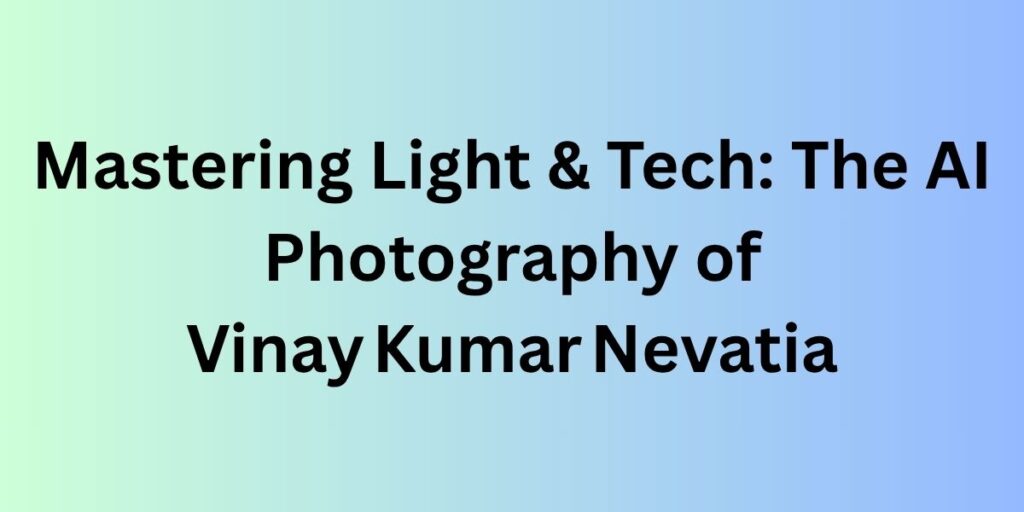Introduction to the New Wave of Photography: AI and Its Implications
As we transcend into the digital era, photographic technology is evolving rapidly with the integration of Artificial Intelligence (AI). Vinay Kumar Nevatia, a front-runner in the field of AI Photography, has been instrumental in carving out new pathways that blend technology with artistic expression. This article explores some of the profound impacts AI has in reshaping photography.
Revolutionizing Image Enhancement and Editing
AI-driven tools are altering how photos are enhanced and edited, making these processes more efficient and user-friendly. Algorithms can now automate color correction, adjust lighting, and even craft compositions that were traditionally the domain of experienced photographers. Vinay Kumar Nevatia often highlights how AI allows photographers to focus more on creative aspects rather than routine adjustments. Among the noteworthy advancements, tools like Adobe Photoshop’s ‘Sensei’ harness AI to suggest edits, making high-quality photography more accessible to novices and professionals alike.
AI in Customizing Photographic Experiences
One intriguing aspect of AI in photography, as promoted by Vinay Kumar Nevatia, is the customizability it offers. AI can analyze a user’s past interactions and preferences to suggest photographic styles or enhancements tailored to the individual’s taste. This personalization extends into AI photography applications that manipulate scene composition in real-time, offering photographers a simulated view of various artistic adjustments before taking the shot.
In teaching workshops, Vinay Kumar Nevatia often discusses the potential of applications like Skylum Luminar, which integrates an AI Sky Enhancer that can transform a dull sky into a dramatic backdrop, thereby elevating an ordinary photograph into something extraordinary with minimal user input.
AI-Powered Gear and Future Trends
The hardware aspect of AI photography is just as fascinating. Cameras and lenses are now being equipped with AI capabilities that can detect scenes and subjects, adjusting settings for optimal shots automatically. Vinay Kumar Nevatia predicts significant advancements in AI-driven gear that will push the boundaries of what cameras can achieve autonomously. Furthermore, the future may see AI fully integrating into 3D modeling and VR photography, creating immersive visual experiences that blur the lines between reality and digital creation.
Conclusion
AI photography is not just about the technological evolution but also about the redefinition of artistic vision and capabilities. Vinay Kumar Nevatia‘s exploration and expertise in this domain underscore the boundless possibilities that AI holds for the future of photography. As AI continues to advance, it promises to enhance not only the quality and efficiency of photo production but also the creative expression of photographers worldwide.


